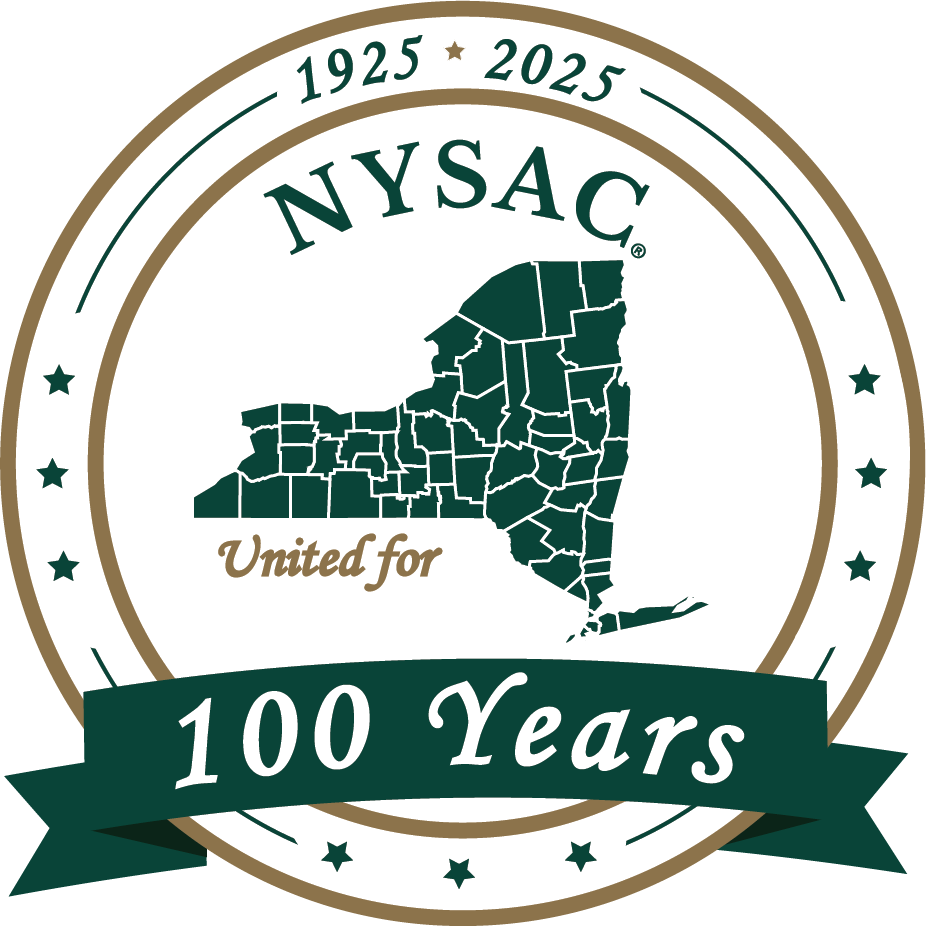Three Takeaways From 2020 For Better County Management In 2021
Assaf Frances
Director of Urban Policy & Partnerships,
Zencity
It's been over a year since the first cases of Covid-19 were detected, reshaping our lives, shattering economies, shutting down schools and small businesses, and of course, compromising the wellbeing of millions.
In an attempt to return to our ‘normal' way of life, local governments have been doing their part to achieve this. With a full year's worth of learning under their belts and resilient communities, local leaders can rely on lessons learned from the past year.
Referring to real resident sentiment data from counties across the country, we've pulled together a few key takeaways that can be applied in 2021, based on what worked and what didn't in 2020.


Counties top Covid-19 Concerns Covid-19 Top Concerns- Sentiment Comparison
1. Preempt residents' concerns Zencity's data shows that in 2020, the most discussed issue in counties in the context of Covid was face masks and covers. Masks have remained a hot topic amongst citizens and the discussions about masks have been contentious and often negative. A lack of clear federal guidance when the pandemic began probably contributed to this as state and local government leaders were left with the challenge of setting their own policies, leading to further confusion, conflict and concern. The data also showed that discourse surrounding face masks in counties focused primarily on businesses, with over 45% of interactions representing general comments about the local economy. Many residents were confused when it came to enforcement and the challenges businesses would face in making sure that both employees and customers complied with face mask guidelines. As recovering local economies becomes a top priority in 2021, it is without a doubt that face masks will remain a hot topic.
2021 Tip: As we journey through the next year, don't pass over publicly available information, like resident discourse data, to help make and inform policy decisions and protocols - especially around the issues that matter to your residents the most.
2. Stop the spread of misinformation with transparency2020 saw the rise of misinformation and disinformation becoming a worthy opponent for official local government communication channels, leaving county leaders to innovate in order to promote the credibility and integrity of official information. For example, at the turn of the new year, with vaccine rollouts beginning at varying degrees across the United States, misinformation and skepticism were and are still significant challenges to successful vaccine operations in counties. Public conversation and the narrative around Covid-19 vaccines at this crucial point in time were being driven by non-government sources and organic resident discussions, resulting in the spread of false information. Zencity's data showed that a mere 15% of all discourse on Covid-19 vaccines was generated by the official local government sources.
Engagement on these topics and the fact that they are a point of negativity provides an opportunity for county leaders to proactively be even more transparent in their local reporting as well as lead the conversations on these tough topics as we push through 2021. Many counties across the country, like Oneida County in New York, have set Covid-19 communication plans, in addition to online dashboards with metrics and guidelines regarding confirmed cases. Accordingly, many local governments have also rolled out vaccine information portals, like Pasadena, CA, who launched an effective FAQ all about their vaccination distribution and vaccine safety.
2021 Tip: Continue to drown out misinformation with accurate information. Always be truthful and honest with residents even if it's not great news to maintain trust between residents and county leaders.
3. Cross agency collaboration - ensure the right channels are being utilized
A county's integral role in handling Public Health includes the need for external communication and focused messaging with residents. According to our data, from July through October, 2020, 25% of official communications put out by cities were Covid-related, compared to only 16% of county official communications. Although cities dedicated a higher percentage of their public communication efforts to Coronavirus and public health than counties, the engagement generated by counties was similar to that of cities. These numbers suggest that residents look to both county and city leaders for information on public health, and both county and city governments should be providing transparent and frequent updates to their constituents. We've seen similar patterns around messaging and the Covid-19 vaccine.
2021 Tip: This year, both county and city leaders should work in tandem to determine the most effective communication channels on a case by case basis, as well as focus on releasing impactful and honest messaging in real-time to put residents at ease. Whether it's communicating about new strains, vaccines, policies, or strategies for reopening, cross-agency alignment and communicating unified messaging is imperative.
Learn more about how Zencity is revolutionizing County Management.
Contact Us
New York State Association of Counties
515 Broadway, Suite 402
Albany, NY 12207
Phone: (518) 465-1473
Fax: (518) 465-0506

